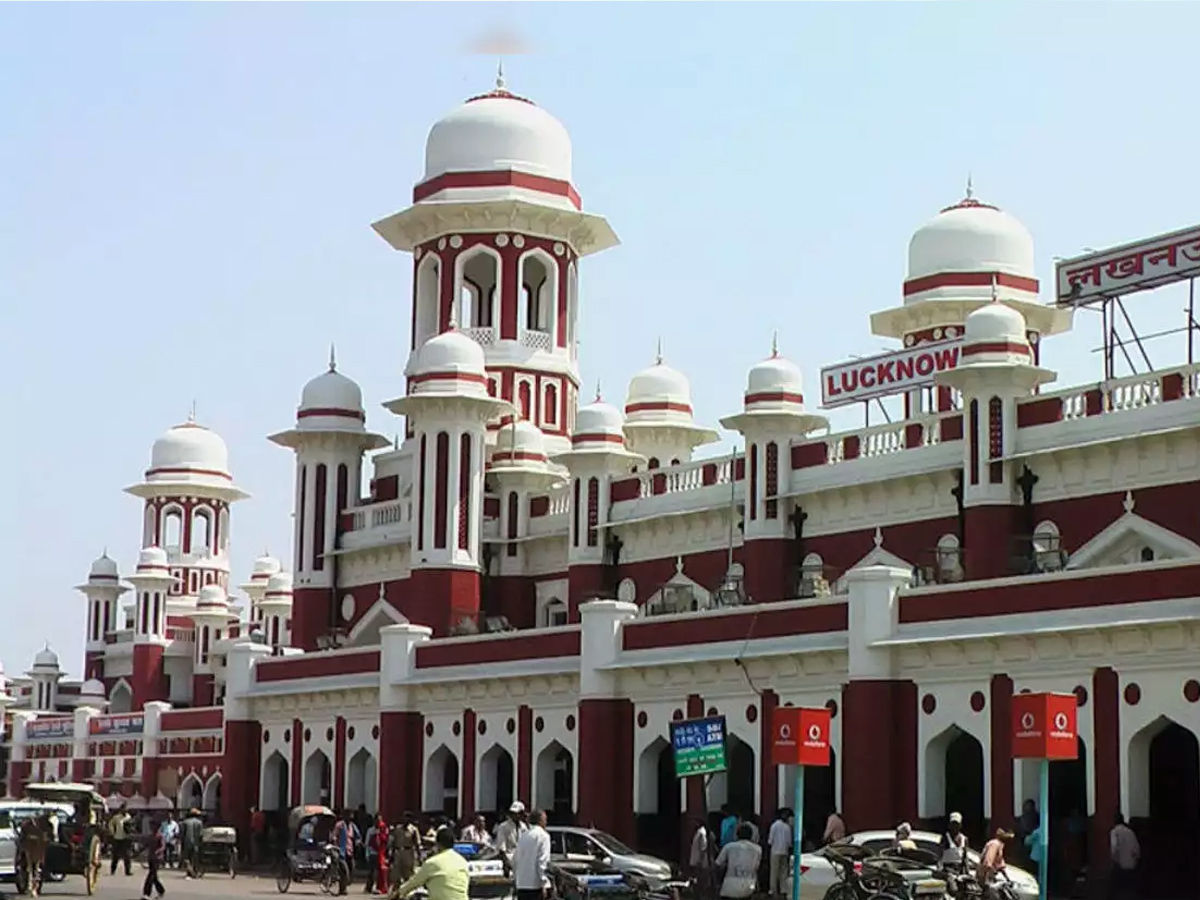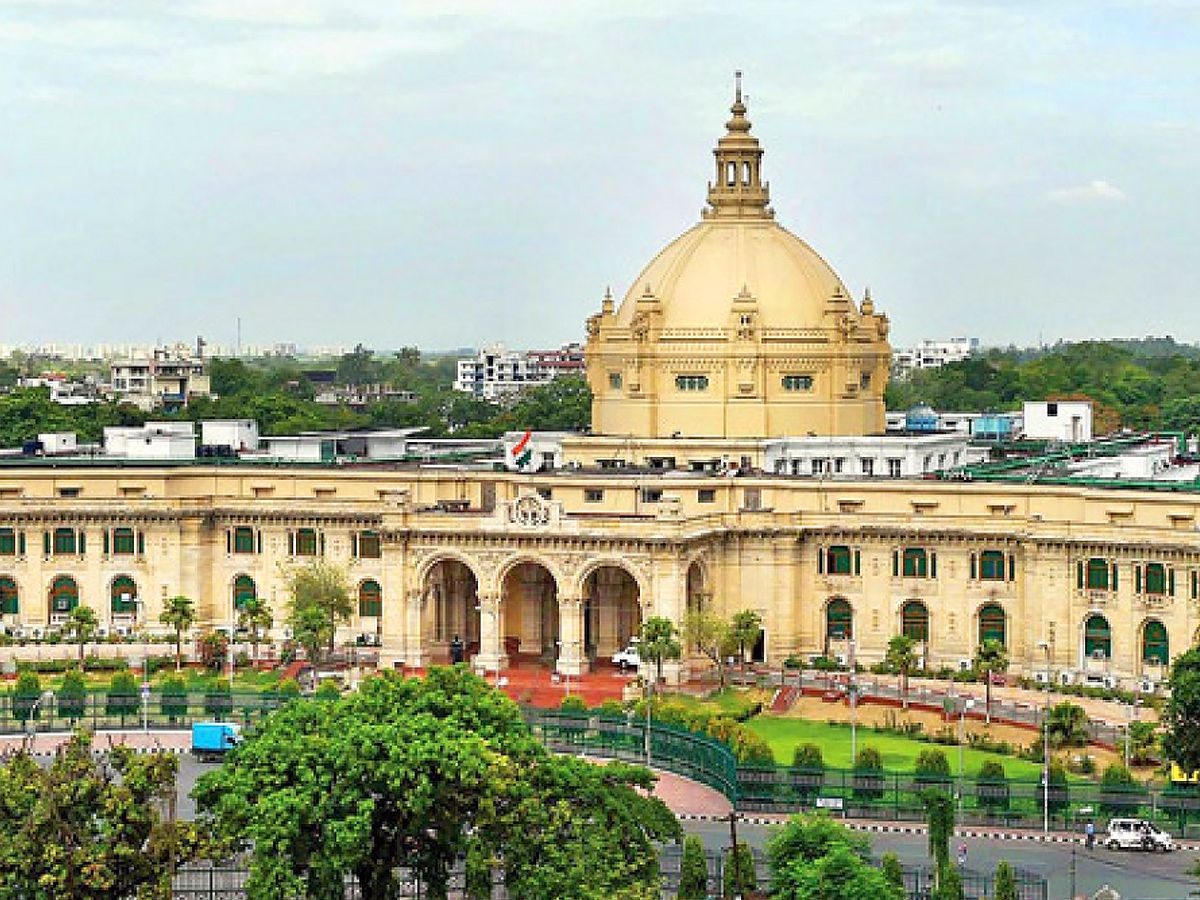Lucknow is the capital of Uttar Pradesh and is also the administrative seat. It is India’s fourteenth-most populated city and the twelfth most populous urban area.
Lucknow has always been a multicultural city that flourished in the 18th and 19th centuries as a North Indian cultural and artistic centre and the seat of power of the Nawabs. Governance, government, education, trade, aerospace, banking, pharmaceuticals, technology, architecture, culture, tourism, music, and poetry continue to be important cent
Till December 2019, Lucknow City had an area of 402 sq km and later 88 villages were added to the municipal boundaries increasing the area to 631 sq km. Bordered by Barabanki to the east, Unnao to the west, Raebareli to the south, and Sitapur and Hardoi to the north, Lucknow sits on the Gomti River’s northwestern shore. As of 2008, the town had 110 wards. Morphologically, three simple demarcations exist: Hazratganj, Aminabad, and Chowk form the Central Business District, which is a completely built-up city.
Historically, Lucknow, ruled by the Delhi Sultanate and later the Mughal Empire, was the capital of the Awadh region. It was passed to the Nawabs of Awadh. In 1856, along with the rest of Awadh, the British East India Company overthrew local rule and took full administration of the city, and shifted it to the British Raj in 1857. On 15 August 1947, Lucknow became independent from Britain alongside the rest of India. It has been rated as India’s 17th-fastest growing city and the world’s 74th.

Lucknow is in the Uttar Pradesh Heritage Arc, a chain of survey triangulations built by the Uttar Pradesh government to improve tourism in the state, along with Agra and Varanasi.
Awadh was part of the Sharqi Sultanate of Jaunpur for around eighty-four years (from 1394 to 1478). About 1555, Emperor Humayun made it a part of the Mughal Empire. An estate in Awadh was conferred by Emperor Jahangir (1569–1627) to his favourite nobleman, Sheikh Abdul Rahim, who later established Machchi Bhawan. It later became the seat of power from where the region was ruled by his descendants, the Sheikhzadas.
Also Read, What makes Cambodia a famous tourist attraction
The Nawabs of Lucknow and Awadh, acquired the name after the 3rd Nawab’s reign upon Lucknow becoming their capital. The town became the cultural capital of North India and its nawabs were patrons of the arts, best known for their refined and lavish lifestyles. Music and dance flourished under their dominion, and numerous monuments were built. Of the monuments that stand today, prominent examples are the Bara Imambara, the Chota Imambara, and the Rumi Darwaza. One of the lasting legacies of the Nawab is the Hindu-Muslim syncretic culture of the city, which is known as the Ganga-Jamuni tehzeeb.
Until 1719, a province of the Mughal Empire ruled by a governor appointed by the emperor was the subah of Awadh. Nizam of Awadh was appointed in 1722 by the Persian explorer Saadat Khan, also known as Burhan-ul-Mulk, and established his court in Faizabad, near Lucknow.
As the Mughal Empire disintegrated, several new kingdoms, such as Awadh, were set up. After helping the fugitive Nawab of Bengal, Mir Qasim, the third Nawab, Shuja-ud-Daula (1753–1775), fell out with the British. Completely defeated by the East India Company at the Battle of Buxar, he was compelled to pay hefty punishments and surrender parts of his territory. Lucknow, the capital of Awadh, ascended to distinction when Asaf-ud-Daula, the fourth Nawab, in 1775, moved his court to here. The British East India Company appointed a resident (ambassador) in 1773, gaining possession of further land and power in the state by the early 19th century.

They were, however, hesitant to seize Awadh directly and come face to face with the Maratha Empire and the remnants of the Mughal Realm. In 1798, Wazir Ali Khan, the fifth Nawab, alienated both his subjects and the British and forced them to abdicate. The British helped Saadat Ali Khan to take the kingship and made him a puppet king. In an 1801 treaty, he gave the East India Company most of Awadh while also agreeing to disband his troops in favour of a highly costly, British-controlled army. This treaty made the state of Awadh a thrall of the East India Company, and until 1819 it remained part of the Mughal Empire.
Lucknow has seen some of India’s pivotal moments in history. One is the first meeting of Mahatma Gandhi, Jawaharlal Nehru, and Mohd Ali Jinnah during the 1916 session of the Indian National Congress when the Lucknow pact was signed and moderates and extremists came together by the efforts of Annie Besant. President of Congress said in the session, “If the Congress was buried at Surat, it is reborn in Lucknow in the garden of Wajid Ali Shah”




























